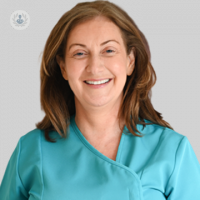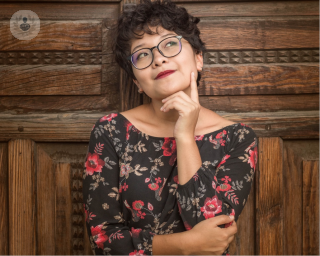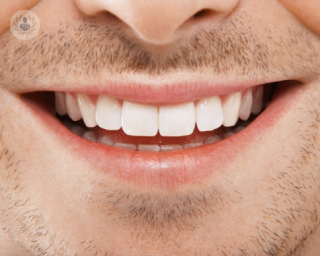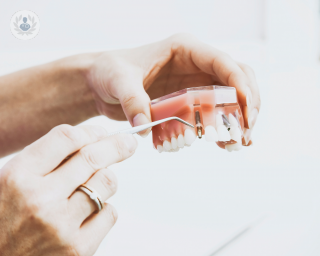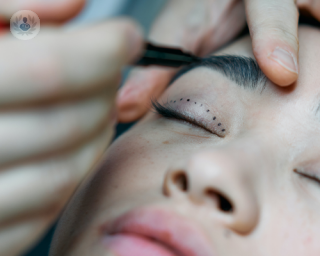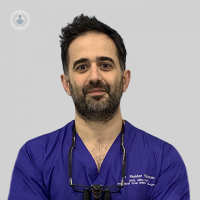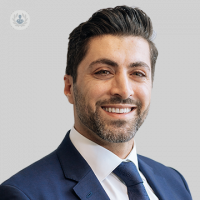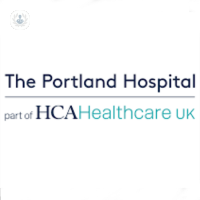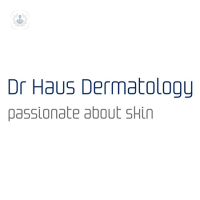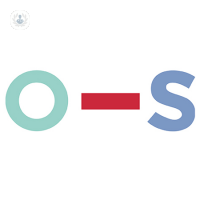Facial aesthetics
What is facial aesthetics?
The natural ageing process, lifestyle factors and the environment all contribute to unwanted wrinkles, fine lines, age spots and uneven skin tones.
Facial aesthetics, otherwise known as facial rejuvenation treatments is the term used to describe non-surgical procedures that reduce the signs of ageing on the face.
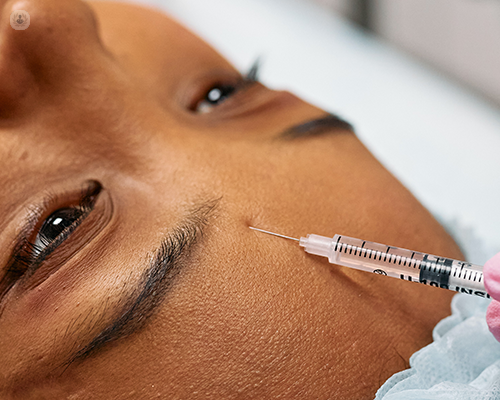
Why would someone need facial aesthetic treatments?
Facial aesthetic treatments are used to give people a more youthful and radiant appearance. These treatments can soften wrinkles, contour the face and define certain facial features.
What does facial aesthetics involve?
There are several facial aesthetic treatments to reduce ageing and enhance facial features.
Some of which include:
- Wrinkle reduction
Wrinkle reduction involves injecting a natural substance derived from a micro-organism which relaxes muscles and reduces the appearance of fine lines and wrinkles, like frown lines that appear between the eyes, crow’s feet and forehead lines.
- Dermal fillers
Dermal fillers offer a safe and natural cosmetic treatment to restore volume and fullness to the skin and improve the skin’s appearance. This is ideal for deeper lines and wrinkles. Fillers can also be used to improve the definition of facial features like the lips and cheeks so that they appear fuller.
- Injectable moisturisers
Injectable moisturisers are solutions, generally made of hyaluronic acid, that are injected beneath the surface of the skin. Working from the inside out, injectable moisturisers remodel the appearance of the skin by providing intense hydration, improving elasticity and texture, and boosting luminosity. The result is plumper, softer and radiant-looking skin.
The most common facial aesthetic treatment with injectable moisturisers is Profhilo.
- Automated percutaneous collagen induction therapy (PCI)
PCI or microneedling is a procedure where small, sterile needles perforate the upper and mid-layers of the skin causing micro-trauma. The needle prick wounds induce a healing process that stimulates skin cells to produce new collagen and skin cells. Results are immediate and natural, with two or three sessions normally being required to achieve the desired result.
- Platelet-rich concentrate (PRC)
PRC is a natural healing serum that we carry in our blood. By isolating PRC from our blood, we can use this to stimulate skin cells to produce collagen and elastin to give us more youthful skin.
Combining PCI and PRC therapies works well and these treatments are non-invasive and natural, eliminating the risk of an allergic reaction to man-made treatments. These treatments do, however, require a series of sessions, spaced out over several weeks.
How do I prepare for facial aesthetics?
Before any aesthetic procedure, your doctor will talk to you about your medical history, discuss your concerns and assess your skin and skincare regime. They will then suggest the most suitable treatments for you and develop a treatment plan from there.
Some treatments are not suitable for pregnant or breastfeeding women.
What does post-operative care look like?
Post-operative care depends on the procedure undertaken but in comparison to surgical procedures for facial rejuvenation, such as a facelift, recovery time is much faster. Usually, patients can return to normal activity on the same day or the day after the procedure.
Possible side effects to wrinkle reduction treatments might include pain and tenderness around the injection site, headaches, flu-like symptoms, a droopy eyelid or a crooked smile. If symptoms persist for a long period, revisit your doctor for a check-up.
